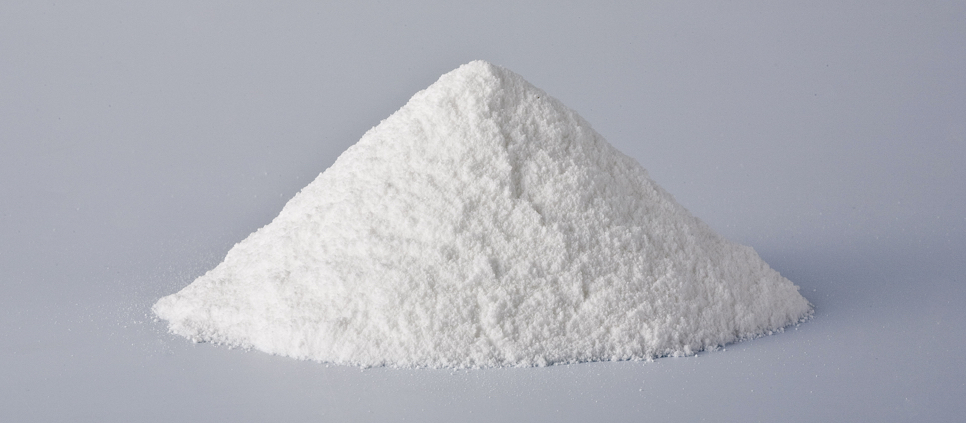
Zinc Recycling: Optimizing Zinc Extraction from Zinc Oxide Dust Using Deep Eutectic Solvents
Zinc recycling has become increasingly important as zinc-containing waste grows with the depletion of zinc sulfide ores. A novel approach to recycle zinc from zinc oxide dust using choline chloride-urea deep eutectic solvent (ChCl-urea DES) combined with nitrilotriacetic acid (NTA) has shown great potential. This method not only enhances zinc extraction efficiency but also offers an eco-friendly alternative to traditional processes.
The Challenge of Zinc Oxide Dust Recycling
Zinc oxide dust is a byproduct from the smelting of metals like zinc, lead, and copper, as well as from recycling galvanized steel scrap. It contains valuable metals such as zinc, lead, copper, and indium. However, impurities like iron, calcium, and chlorides complicate the recovery process. Existing methods like reductive distillation and sulfuric acid leaching are either energy-intensive or lead to complex purification procedures. Therefore, developing a more efficient and environmentally friendly process is crucial.
Deep Eutectic Solvents: A Game-Changer in Zinc Recycling
Deep eutectic solvents (DESs) are a new class of environmentally friendly solvents that have gained attention for their ability to dissolve metal oxides selectively. Choline chloride-urea DES, in particular, has been found to dissolve zinc oxide (ZnO) while leaving impurities like iron and calcium oxide behind. This selectivity opens up the possibility of efficient zinc recovery from zinc oxide dust.
The use of DES in zinc recycling is revolutionary for several reasons:
- Low energy consumption: Unlike traditional methods that require high temperatures, DES can operate at much lower temperatures.
- Minimal reagent consumption: DES-based methods reduce the need for excessive chemical reagents.
- Eco-friendly: DESs are biodegradable and pose less environmental risk than conventional solvents.
Optimization of Zinc Leaching with NTA in DES
To further improve zinc recycling efficiency, nitrilotriacetic acid (NTA), a strong complexing agent, was introduced into the ChCl-urea DES. The leaching process was optimized using response surface methodology (RSM) to determine the ideal conditions for maximum zinc recovery.
Key factors optimized in the study include:
- Leaching temperature: The optimal temperature was found to be 79°C.
- Leaching time: Zinc recycling recovery peaked at 35.4 hours.
- Liquid/solid ratio: A ratio of 12.1 was determined to be ideal.
- NTA concentration: The optimum concentration of NTA was 0.07 mol/L.
Under these conditions, a maximum of 87.9% zinc recovery was achieved, making this method highly effective for zinc extraction from zinc oxide dust.
The Leaching Process and Electrodeposition of Zinc
The leaching process was found to be diffusion-controlled, with an activation energy of 26.2 kJ/mol. After the zinc was leached from the zinc oxide dust, the leaching solution was directly used for the electrodeposition of zinc. The result was a pure zinc deposit, further proving the efficiency of this process.
Conclusion: A Step Forward in Zinc Recycling Technology
The combination of ChCl-urea DES and NTA as a leaching agent offers a highly efficient, eco-friendly method for recycling from Zn oxide dust. With an extraction efficiency of 87.9% and the potential for direct electrodeposition of pure zinc, this process could be a game-changer in recycling.
This innovative method holds promise for industries looking to optimize zinc recovery while reducing energy consumption and environmental impact, ensuring a sustainable future for zinc recycling.
Key takeaway: Deep eutectic solvents (DES) combined with nitrilotriacetic acid (NTA) represent a new, efficient, and eco-friendly method for zinc recycling, significantly improving zinc recovery from zinc oxide dust.


